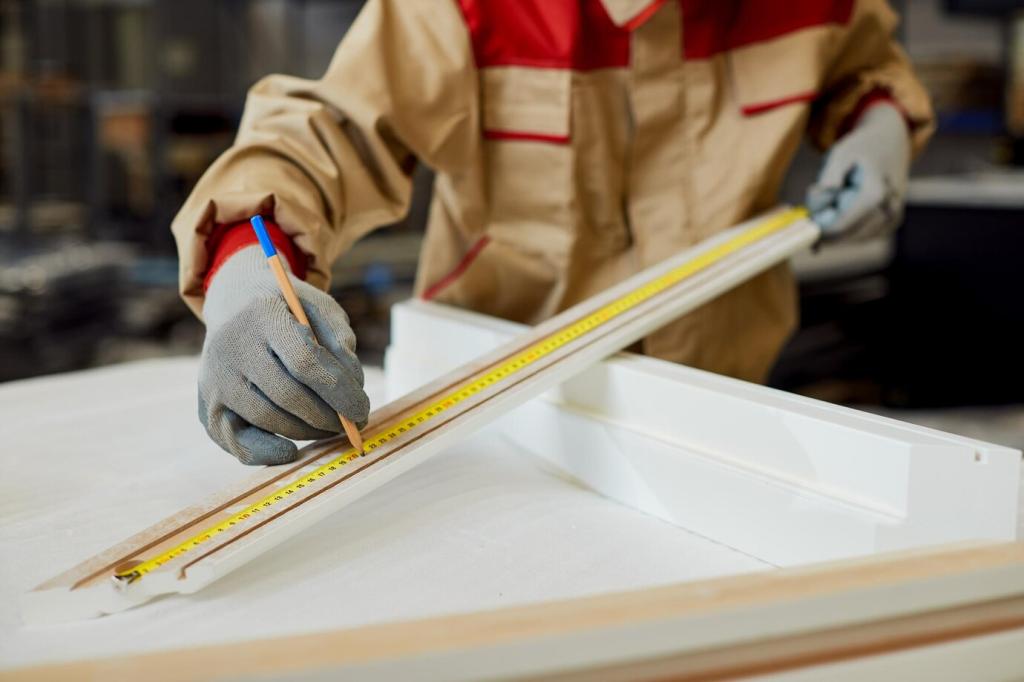High-Performance Windows and Doors
Low-E coatings, warm-edge spacers, and double or triple panes tune heat flow and comfort. Check U-factor for overall insulation and SHGC for solar gain. In cold climates, higher SHGC on south windows invites winter sun. Tell us your climate zone, and we will suggest a glazing strategy.
High-Performance Windows and Doors
Fiberglass and wood frames insulate better than standard aluminum; thermally broken aluminum narrows the gap. Proper flashing, taped seams, and insulated bucks stop sneaky leaks. A perfect window underperforms if installation is sloppy. Want our step-by-step install guide? Ask below and we will send it.







